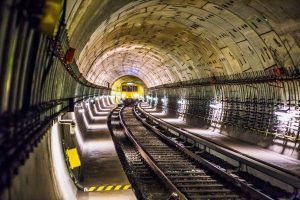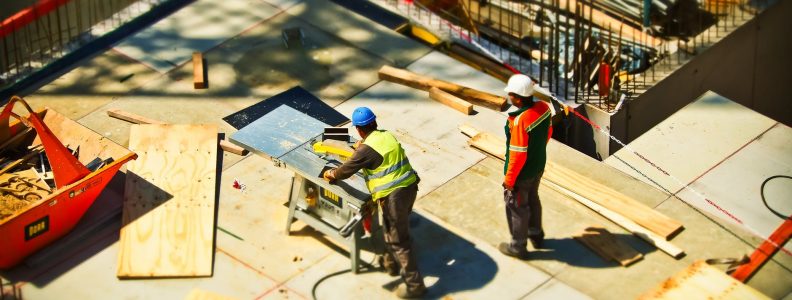Infrastructure is about facilities, structures, equipment and institutions. They are meant to decide the quality and ease of a lifestyle. It is a very broad term to talk about and so we’d begin with the types of public infrastructure that you see in day-to-day life. Below are the particular types of infrastructure that you can find in Australia.
- Transport infrastructure – it is all the places that offer a mode of transportation like airports, seaports, bus stops, roads and sidewalks.
- Wet infrastructure – it involves constructions like dams to water management systems.
- Energy infrastructure – all the sources of energy, human-made of course!
- Information infrastructure – it is communication and network services.
- Government – this includes all the places like the parliament house and every place that supports the cause of government economically as well as socially.
- Institutions – this includes institutions for education, culture, health and finance.
- Public space – it includes parks, historical sites, benches and every such place that allows unrestricted public accessibility.
- These are the basic elements of public infrastructure which make the existence of communities easier and possible. If all these things are served to the public with the best of the quality then it is said to be the modern or urban lifestyle. And the cities are said to be developed.
It won’t be wrong to say that when these different systems are put together, it makes cities, countries and continents.

And the selection of what facilities are a must is decided based on finance rules. This term means that depending on the budget what can be provided to any area, in what quality and how much of it will result in the betterment of quality standards for the people.
Types of infrastructure
- Soft infrastructure – this is responsible for a healthy economy. It depends on extensive human capital and results in service-oriented tasks for the population. And so every aspect of the society that contributes to the proper working of the economy like schools, colleges, finance, law, health and government sectors make it.
- Hard infrastructure – this has everything to do with the industrialized aspect of society. It includes transportation such as roads and bridges and telecommunication services.
- Critical infrastructure – this consists of the assets that are essential for any economy. It includes public health, agricultural facilities etc.
Financing
Taxes
This is important for public infrastructure as it is open for the general public, so the public pays for it. And they are taken in the form of taxes, tolls or metered user fees.
Investments
Then there are larger projects like metro rails that require a larger cost and so the return on it is handsome too.
Public-private partnerships
This is the most common way of financing any infrastructure construction as it involves the collaboration of more than one private companies to invest in a public project. This makes investment easier and shares the risk factor as well.
Some of the best infrastructures around the world are that of Hong Kong, Singapore, Netherlands, Japan and the United Arab Emirates.
Hong Kong tops the list of 137 countries with a point of 6.7 when it comes to the best infrastructure. And this is because the infrastructure there has set international standards by obtaining a maximum growth with the following –
- 1,138 miles long developed and paved roads.
- Advanced and highly developed air and sea transportation.
- 21 miles of an electrified railway system.
The Netherlands stands on the third position on the same list with a score of 6.4, with its key features being –
- It is the entry point for goods in the European subcontinent, and so the transportation matters a lot.
- Out of 78,145 miles of the road network, 70,229 miles is fully paved.
- With 1,702 miles of railway and 3,135 miles of advanced waterways, it excels in the communication systems as well.

